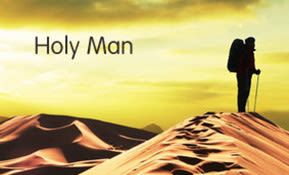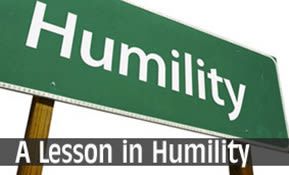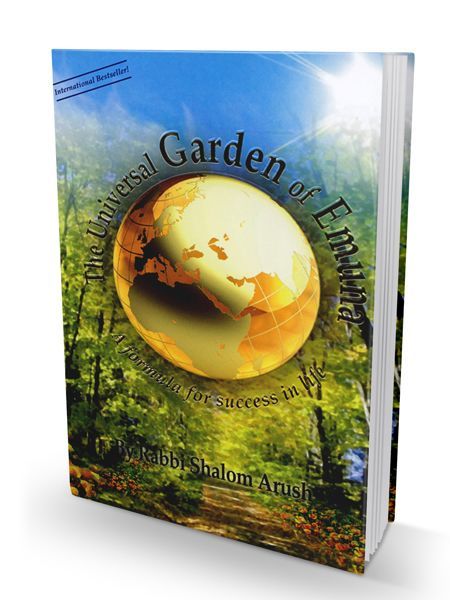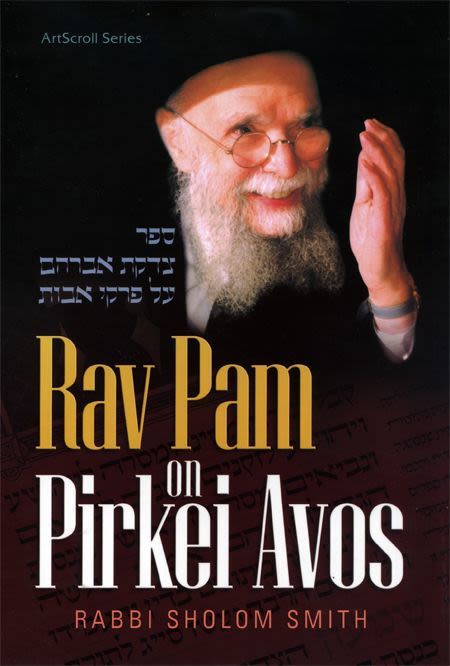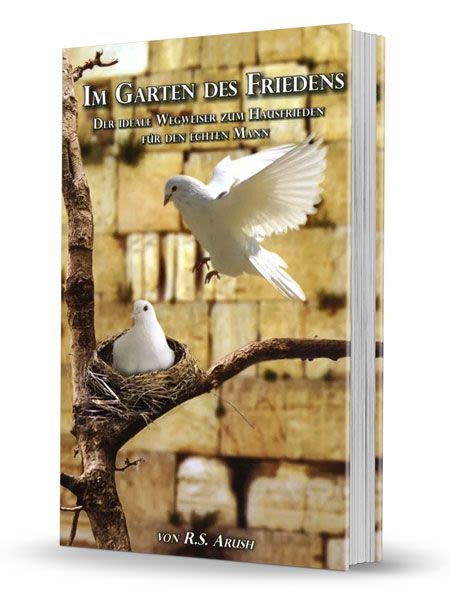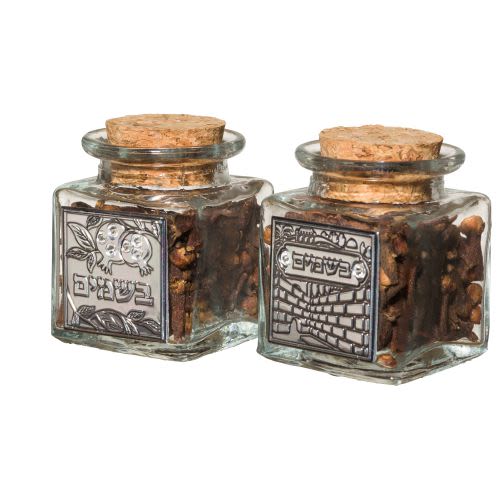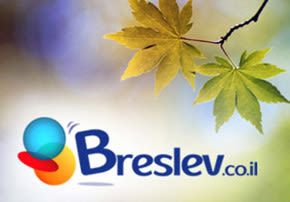
Vayeitzei: Breath of Faith
Breathing in is about receiving from Hashem His decision, made every second, that we are necessary in His scheme of life. Breathing out, we give over to...

In this week's Parsha, the Jewish Nation is born. The Shiftei Kah — the tribes that testify to the existence and involvement of Hashem in the world — come into being. The children of Yaakov (Jacob) were born in the exile of the house of Lavan (Laban).
With the birth of Rochel's (Rachel's) first son, the command to leave the exile is given and Bnei Yisrael begin their ascent to Eretz Yisrael. This departure from the first galut – exile — was not simple, and Lavan, the personification of exile, runs after the family, accusing them with all sorts of lies. Yaakov is finally able to express verbally the frustration he has lived with as Lavan cheated and manipulated him, accusing him of ridiculously imagined crimes.
Our Nation's Frustration
This is the frustration we feel as our nation suffers from the hands of the enemy while hearing the voices of our so-called friends admonishing us to have more self control and diplomacy. The outright lies of Lavan, totally and shamelessly uttered, echo the double-standard treatment of terrorism that condemns the world to its fate.
The personalities of the Torah are not just private individuals living a personal life. They are also not limited to their midot – personality traits — and role. The Torah personalities were the very personification of higher spiritual concepts. The seven sefirot are symbolized in the seven fathers: Avraham (Abraham) is the paradigm of Chesed, Loving-kindness; Yitzchak (Isaac) is Gevura, Strength; Yaakov is Tiferet, Beauty; Moshe (Moses) is Netzach, Victory; Aharon (Aaron) is Hod, Splendor; Yosef (Joseph) is Yesod, Foundation; and Dovid Hamelech (King David) is Malchut, Kingship. Rochel and Leah are similarly used throughout Talmudic and Kabbalistic literature as archetypes, but their symbolism is not quite as clear cut as that of the men.
Rochel Symbolizes Torah; Leah Symbolizes Tefilla
Rochel is referred to as the Olam HaNigleh – the revealed world, the world prior to Moshiach and the teacher and mother of all the tribes. She is called Akeret Habayit, the mainstay of the home, and Eim HaBanim Semaycha, the glorious world of joy.
Leah is referred to as the Olam HaNistar – the hidden world, the power of Tefilla (prayer), the world after Moshiach and the mysterious world of tears.
Why was Rochel beloved? What was wrong with Leah? The students of the Baal Shem Tov all explain that the revealed beauty of Rochel/Torah, satisfies all souls. An inspiring Dvar Torah, a satisfying shiur, a beautifully written sefer are accepted by Jews as part of who and what we are. The inner work that Leah/Tefilla demands – the humility, time, effort and its lack of direct results – are what make Tefilla come in second on our list of Avoda.
People don't talk during a Torah lesson, but are less careful in shul during Tefilla. Although the eyes of Leah were sensitive from the tears shed during her prayers, we are not always privileged to cry during ours. Our distancing ourselves from prayer is often a function of our feeling discouraged at our apparent inadequacy. Yet, the main teaching of the Baal Shem Tov was that every word uttered in prayer is accepted, answered, and beloved.
Dovid Hamelech, the origin of Moshiach, was as misunderstood and relatively unloved as his ancestor Leah. The pouring of the collective Jewish heart into Tehillim will hopefully correct this and enable us to accept his descendant, the upcoming Moshiach, without any disagreement.
Kislev
Tzaddikim teach that the symbol of Kislev is the archer. The more he pulls back the arrow and tightens the bow, the farther the arrow will fly. The more we push ourselves to pray, the farther up our prayers will ascend.
Singing a niggun is a tried and tested method of entering into a higher state of consciousness. The prophets used music to prepare for prophecy. The Tzaddikim would sing a niggun to enter into Dveykus, a state in which one is totally connected with the Almighty.
The famous story of the Baal HaTanya illustrates the power of holy song. He sat before a group of antagonists who had come armed with prepared arguments against his (then) newly created Chabad teachings. The Rebbe asked permission to follow his custom of singing a meditative niggun before beginning his shiur. When he finished singing, they
had all put down their question sheets and were one with him and with Hashem. A pure song, coming from a heart longing to be real and connected to its Source, can dissolve any and all barriers.
Rebbe Nachman taught that there are ten types of pulses, corresponding to the ten types of songs mentioned in Tehillim. If a person is joyous, the pulse is healthy and so is the body. The reverse is also true. Singing a niggun with the intent and awareness of its healing powers can be therapeutic.
Breath of Faith
The Torah teaches that in Egypt, the Children of Israel were unable to hear Moshe's comforting and optimistic words because of Kotzer Ruach, which literally means ‘shortness of breath.’ Rebbe Nachman teaches that this indicated a lack of faith in Moshe. Faith is related to the sefira of Keter, crown. Rav Yitzchak Ginsburgh teaches that each of the sefirot is associated with a different part of the human body. The respiratory system is associated with Keter.
Strengthening our basic emuna is invaluable in increasing our level of Simcha and in strengthening the lungs. I once heard Rav Yaakov Meir Schechter say that Simcha and joy are about emuna and inner peace, about being calm and tranquil.
Breathing in is about receiving from Hashem His decision, made every second, that we are necessary in His scheme of life. Breathing out, we give over to Him whatever life force we have, doing His will. We surrender to His Divine Providence. Then we breathe in again, allowing the strength He has just blessed us with to enliven our world. We exhale all worries and toxic thoughts. The inhale takes in Torah; the exhale reaffirms our desire to transform what we’ve learned into action. We can inhale the love of Hashem, and direct our minds and awareness to send this love through our exhale to another person. The inhale is Torah She'Bichtav, the written Torah; the exhale Torah She b’Al Peh, the oral tradition.
These meditations, passed down through the years from such Kabbalists as Rabbi Avraham Abulafia and made available by Rav Aryeh Kaplan, have always been part of Jewish living. Neglected for many hundreds of years, these practices are being remembered and restored to a respected place within the system of healing through Torah that must emerge in these pre-Moshiach times. We can meditate on any one of these as we go through our day. A quiet moment on the bus or doing chores can be transformed into a breathing meditation, and can uplift body and soul.
Rebbe Nachman teaches that the lungs represent the leaders of the Jewish nation who are the heart of the world. As the lungs protect and regulate the heart, so our leaders were supposed to lead and regulate life in a healthy way. Ruach Apeinu Mashiach Hashem — our very breath, the ultimate leader, Moshiach Tzidkeinu, will come soon and clear and clean the air of the world and of our lives. Then our hearts will beat again. We will be able to feel the pulse of true love and awe. We will recognize each other. We will forgive each other. We can even begin that work now. The light of Moshiach's eminent arrival has been here for a while now, and is there for the asking.
***
More of Rebbetzin Silber's beautiful Torah can be found at www.Kolrena.org.




